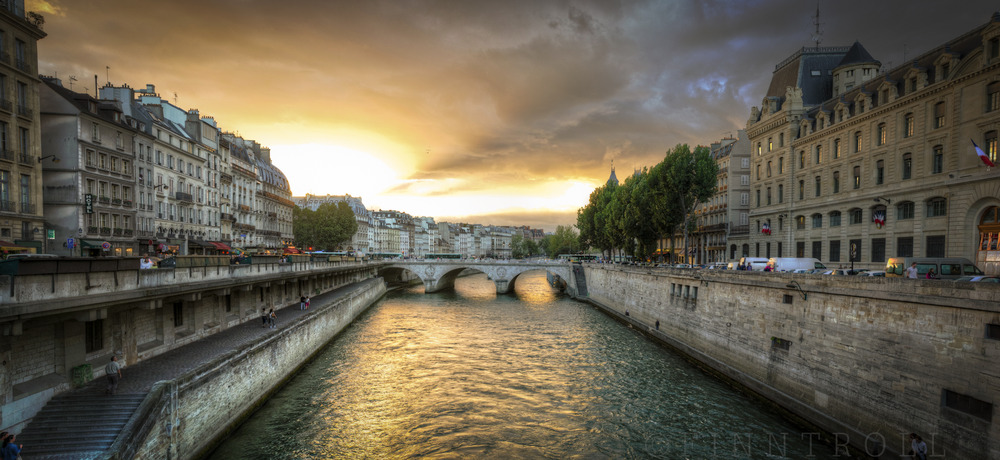This post may contain affiliate links. We may earn money or products from the highlighted keywords or companies or banners mentioned in this post.
Saint-Germain-des-Prés is an area of the 6th arrondissement of Paris, France, located around the church of the former Abbey of Saint-Germain-des-Prés.
Home to a number of famous cafés, such as Les Deux Magots and Café de Flore, the Saint-Germain-des-Prés area was the center of the existentialist movement (associated with Jean-Paul Sartre and Simone de Beauvoir).
History
A small village nestled around the abbey of Saint-Germain-des-Prés was consecrated in 558 by the bishop of Paris. In the Middle Ages, it was outside the city. The town of Saint-Germain was established in the twelfth century and had about 600 inhabitants. It was still outside the city walls built by Philippe-Auguste.
Its territory spread along the left bank of the Seine in what is now the sixth and seventh arrondissements. Until the 12th century, the parish church was Saint-Pierre, on the site of the present Ukrainian Catholic church. The abbey continued to grow and flourish, extending its influence and building stone buildings. The name of the rue du Four (in the sixth arrondissement) corresponds to an oven of the abbey. About 1180, the first Saint-Sulpice church becomes the parish church.
This neighborhood became a haunt of intellectuals since the 17th century. The Encylopedists gathered at the Landelle Cafe on the rue de Buci or at Procope, which still exists. Likewise, the future revolutionaries Jean-Paul Marat, Georges Danton, and Joseph-Ignace Guillotin, who lived in the neighborhood. The buildings of the abbey were destroyed in the Revolution, when they served as an armory.
From 1921 until the end of the '50s, Le Divan bookstore, owned by Henri Martineau, also issued a journal of the same name, at the corner of the rue Bonaparte and the rue de l'Abbaye.
After the Second World War, the neighborhood became the center of intellectuals and philosophers, actors and musicians. Existentialism co-existed with jazz in the cellars on the rue de Rennes. Jean-Paul Sartre, Simone de Beauvoir, Juliette Gréco, Jean-Luc Godard, Boris Vian, and François Truffaut were all at home there. But there were also poets such as Jacques Prévert and artists such as Giovanni Giacometti. As a residential address St Germain is no longer quite as fashionable as the area further south towards the Jardin du Luxembourg, partly due to Saint Germain's increased popularity among tourists.











